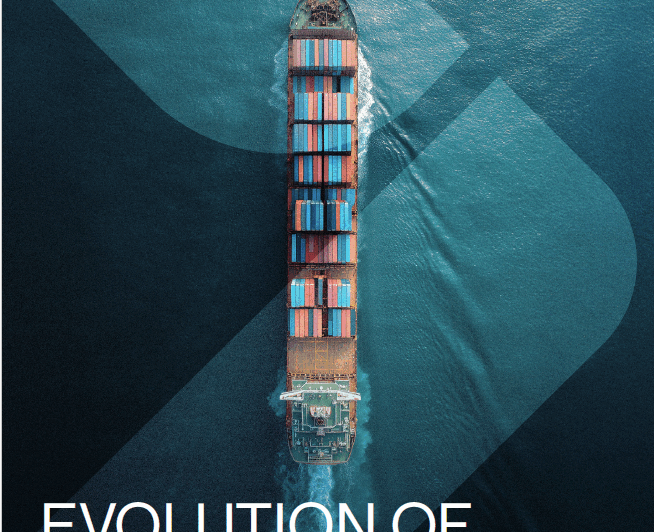IETA Publishes High-Level Criteria for Crediting Carbon Geostorage Activities
06.12.22|Press Releases
GENEVA (6 December) – IETA today announces the release of its High-Level Criteria for Carbon Geostorage Activities, a set of principles to govern the development of tradable reductions and removals using technology-based carbon sink enhancements that can assume a major role in achieving the net zero goal of the Paris Agreement.
IETA has carried out a year-long consultation with business stakeholders, and a series of expert workshops, to develop a set of principles that will guide developers, investors and host countries in ensuring that carbon geostorage projects deliver real, permanent and verifiable reductions and removals. This in turn would smooth the path for wide-scale investment in this suite of vital technologies to deliver significant climate mitigation.
The High-Level Criteria are built upon existing methodologies for geostorage projects that have been or are being drawn up by the United Nations’ Clean Development Mechanism, the Global Carbon Council and the American Carbon Registry, as well as the carbon storage protocols developed by ISO TC265. The criteria also align with the rules and methods that countries will follow in tracking their actions in pursuit of NDCs.
The criteria provide recommendations for both methodological design and the regulatory safeguards that can underpin safe, secure and permanent deployment of the technology. Key checkpoints and other examples of supporting information are provided throughout.
The High-Level Criteria cover six methodological components and 10 key safeguards as follows:
METHODOLOGICAL DESIGN
-
Applicability conditions
-
Project boundary & leakage
-
Baseline
-
Additionality
-
Non-permanence & liability
-
Monitoring
REGULATORY SAFEGUARDS
-
Political acceptability
-
Significant and cost-effective for national climate mitigation
-
Aligned with national development priorities and policy aims
-
Public acceptance
-
Legal and regulatory framework for safe storage
-
Legal basis for injection and storage
-
Effective site selection and development
-
Robust oversight of site operation and closure
-
Liability for carbon reversal
-
Environmental and social safeguards
-
Risk and safety assessment
-
Environmental and social impacts
-
Sustainability
The world’s most credible deep decarbonisation studies point to CCUS and technological carbon removals offering a critical role in smoothing and achieving net zero outcomes.
The International Energy Agency estimates that in 2050, 7.2 gigatonnes (Gt) of CO2 need to be captured and geologically stored to achieve global net zero emissions.
IETA’s own pathways to net zero indicate that up to 16 GtCO2 of geological storage may be needed in 2050 to achieve net zero, with trading playing an increasingly important role in supporting deployment of the technology.
Furthermore, the Intergovernmental Panel on Climate Change also recently affirmed the critical importance of carbon removal solutions such as bioenergy with CCS (BECCS) and direct air capture with geological storage (DACCS) in meeting the Paris Agreement’s temperature goals.
The full set of criteria can be found here.

